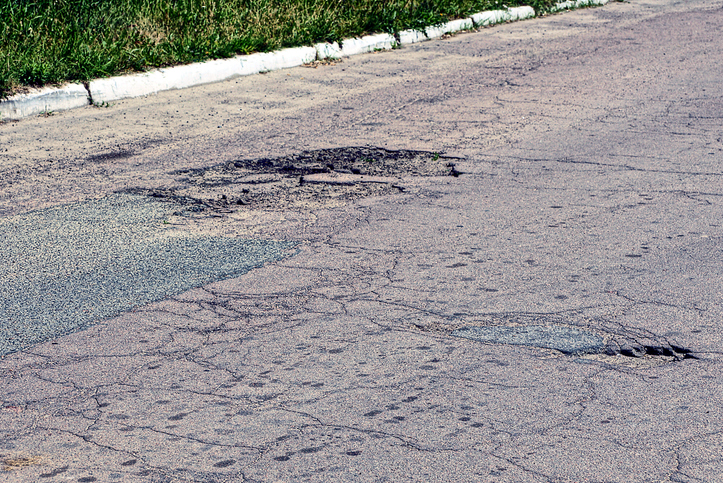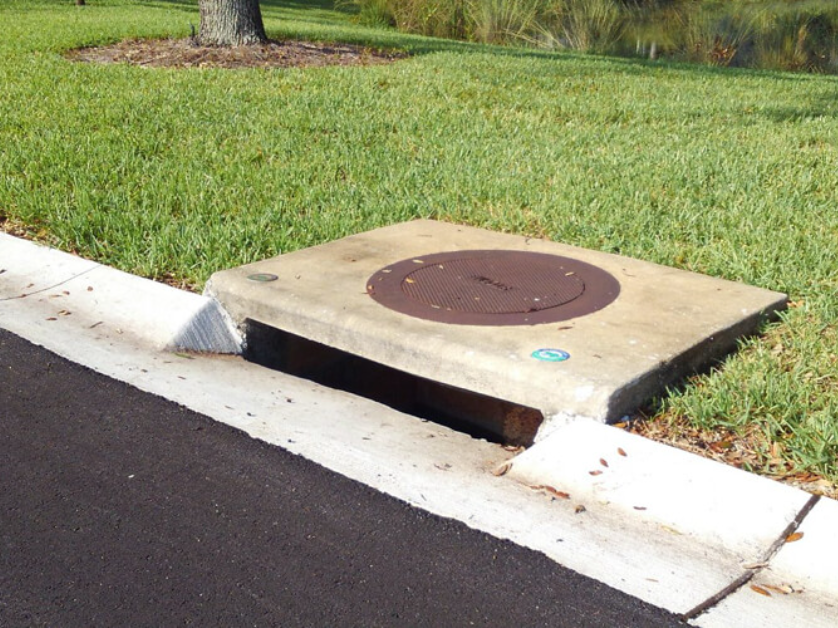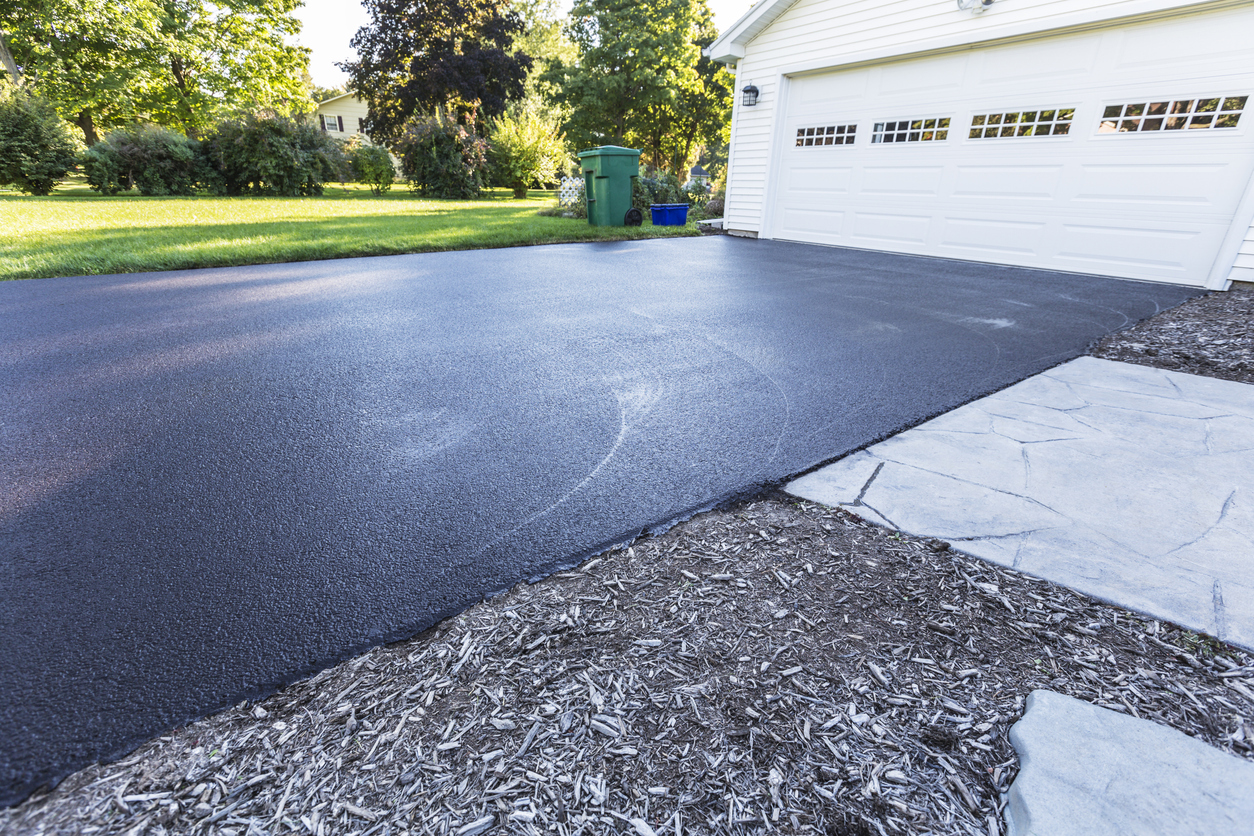
Optimal asphalt compaction is the key to a durable and long-lasting pavement. Successful asphalt compaction ensures a smooth ride, reduces maintenance costs over the pavement’s lifespan, and significantly improves the safety of road users. By adhering to specific best practices during the asphalt compaction process, professionals in Naples, FL, and beyond can guarantee the structural integrity and longevity of their paving projects.

Understand the Importance of Proper Compaction
Asphalt compaction consolidates the asphalt mix to increase its density and eradicate air voids. Proper compaction enhances the pavement’s ability to bear traffic loads without deformation or cracking, directly influencing its durability and performance. Equally, achieving the desired pavement smoothness hinges on effective compaction. The relationship between compaction and pavement smoothness is well-documented, with each new lift of asphalt improving the smoothness by approximately 50%.
Maintain the Correct Temperature Range
Temperature is a pivotal factor during the compaction process. It is essential to maintain the asphalt mix at a temperature range that ensures its workability while preventing premature cooling. For optimal outcomes, the mix should be delivered and placed at temperatures between 275°F and 300°F. Adjustments may be necessary based on ambient conditions to keep the mix within this desired range. Using Warm Mix Asphalt (WMA) technologies can substantially aid in maintaining workable temperatures, promoting better compaction.
Ensure the Right Compaction Equipment and Techniques
Selecting the appropriate type of roller (static steel wheel, vibratory, or pneumatic tired rollers) based on the layer thickness and mix composition is essential. Using a systematic rolling pattern can aid in achieving uniform density. It is vital to start compaction from the pavement edges and advance towards the center, ensuring each roller pass overlaps by at least half the roller’s width. This technique is paramount in eliminating gaps and achieving consistent compaction.
Monitor Mix Lift Thickness and Composition
Adhering to the guidelines that asphalt lift thickness should be at least four times the nominal maximum aggregate size (NMAS), guarantees sufficient density while preventing damage to the asphalt aggregates. Understanding the composition of the mix and correctly adjusting lift thickness can significantly impact the compaction quality and, consequently, the pavement’s long-term performance.
Regular Density Testing
Conducting density testing at various stages of the compaction process is vital to ascertain the asphalt mix reaches the desired compaction level, complying with project specifications. Utilizing non-destructive testing methods allows for real-time adjustments, ensuring the pavement meets or surpasses the required standards for density and longevity.
Pay Attention to Ambient and Base Conditions
Compaction success is not solely dependent on the asphalt mix temperature but also on the ambient conditions and base temperature. Adequate monitoring and adjustments should be made based on the prevailing weather conditions, including wind speed and solar radiation, to achieve the desired compaction and cooling rates for the mix.
Higher Density for Enhanced Service Life
Achieving optimal density through correct compaction practices has been shown to extend pavement service life significantly. An extra one percent in mat density can result in up to 10 percent additional service life, highlighting the critical role of compaction in pavement longevity.
Ready to Ensure Your Asphalt Pavement’s Longevity?
At Bonness, we understand the critical importance of optimal asphalt compaction in ensuring the durability and performance of your pavement. Utilizing industry-leading technology and adhering to best practices, we are committed to delivering high-quality paving solutions tailored to our clients’ needs. Whether you are planning a residential driveway project or a commercial pavement endeavor, our team of experts is here to guide you through to a successful installation.
For more information or to get started on your next paving project with Bonness, please do not hesitate to contact us at (239) 597-6221 or fill out our online form. Our dedication to excellence and customer satisfaction in Naples, FL, and the surrounding areas, makes us your go-to partner for all your asphalt paving needs.








